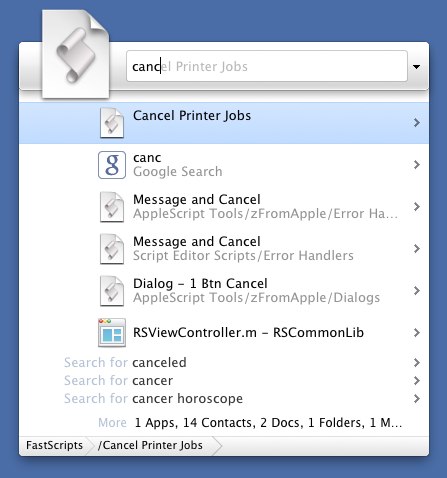Today I learned that my dad, Michael, has passed away while traveling in Washington, D.C. We were never the closest father & son pair, but I loved him, and he loved me. Over the years of my adulthood, and especially since my son Henry was born, I have been trying to work towards a closer relationship with him.
He taught me to love computers. When I was 5 and living alone with my Mom, he brought me a copy of a BASIC programming magazine, and a Timex Sinclair computer. He tried to talk through the logic of control flow with me. Of course, it flew over my head, but it taught me enough to know that my dad’s finger could move across the rules on a piece of paper, and the rules dictated where his finger would go.
A few years later he and my Mom got back together and we all moved back in together. He bought me a Commodore 64, and set me up with some fun games. I didn’t program anything, I was too busy playing Little League baseball and trying to be a normal kid. Sometimes he played catch with me. On Father’s day we would drive to San Francisco to see the Giants. He didn’t even like baseball, but he did a good job faking it for me. He bought me frozen Carnation malts.
My Dad had gone back to school in his 30’s to earn a computer science degree. When we moved back in with him, he was starting his late-blooming career at IBM, where he worked for a short time. He moved on to Digital Research and worked on GEM, a graphical windowing system not terribly unlike the Mac. Later he joined MetaWare, where he worked as a compiler engineer with the same group of people for almost 20 years.
When I was 17, a friend of mine got into legal trouble, and I could have snitched on him and made it worse. I asked my dad for help, so he took me to a lawyer and paid for it. He didn’t judge me for wanting to protect my friend. He made it possible for me to be a loyal friend, even to somebody who may not have earned my Dad’s respect.
After I graduated from college and left the house, the years seem to rush by like a blur. I did my thing in San Francisco, working at Apple, meeting my (now) wife, and going back to school for a second degree. Meanwhile, I saw my Dad a few times a year. We always expressed our love for each other, but there was a lingering anxiety and awkwardness. Our relationship had frozen somewhat in the form we had left it in my teens: each of us struggling to come to terms with our significantly differing political and metaphysical beliefs. After my wife and I moved to Boston in 2005, I saw even less of my family, sometimes only once or twice a year.
He always expressed great pride about the career path I followed. He was impressed that I had graduated from University, found a great job at Apple, and then founded my own business, all after dropping out of high school (against his wishes!). He let me know so often of his pride, that he gave me the gift of never having to worry particularly that I might have disappointed him. I think this helped me to pursue my dreams more freely than ever.
His satisfaction with my career turned him slowly but surely from an Apple-hater into one of its biggest fans. A few years ago he lost his long-time job as a compiler engineer, and reoriented himself towards the Mac, starting a business of his own, and feeling his way towards a niche. He became certified in all manner of OS X support technician programs, and even decided to attend WWDC a couple years ago. Some of you will probably remember having met him there.

His business never really took off, and a sequence of unfortunate events handed him some serious blows. Life didn’t hand him a perfect hand, but he managed to leave some beauty here with us, and I am grateful for that. I would have loved to have seen what would have become of the rest of his life, and how my own young family would have fit into it.
The circumstances of his death are sad, and personal. We barely spoke over the past year, but I had a good conversation with him at my Grandmother’s funeral in November. Suffice to say, he died too young. I miss you, Dad.



